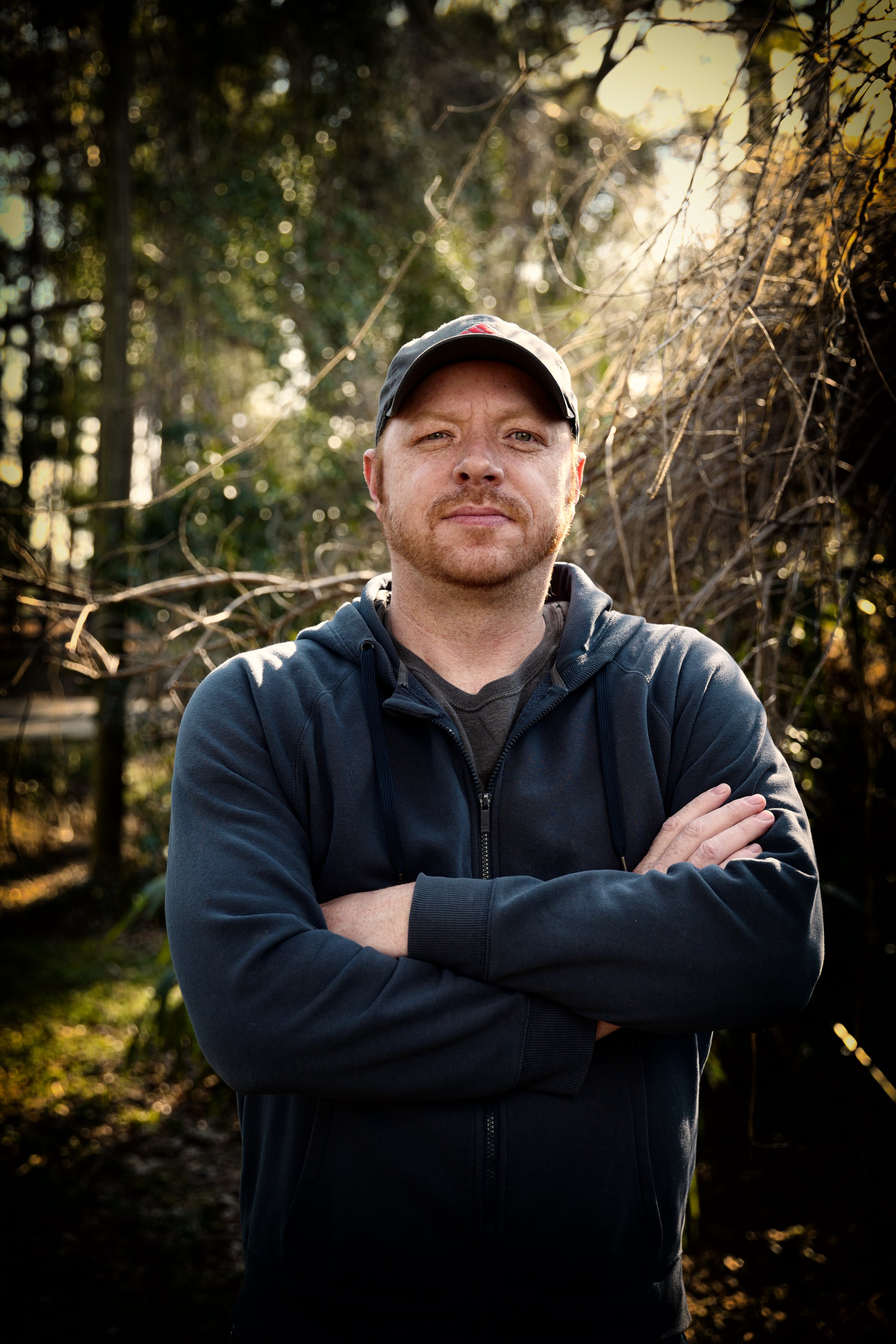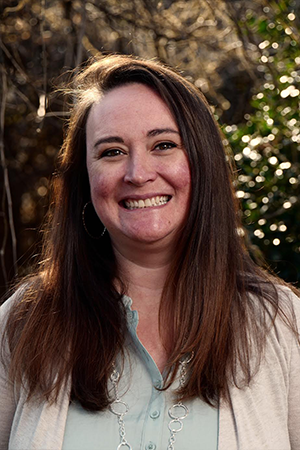Indicators on Circular Dichroism You Need To Know
Wiki Article
About Circular Dichroism
Table of ContentsUv/vis Fundamentals ExplainedThe 2-Minute Rule for Circularly Polarized LuminescenceNot known Facts About SpectrophotometersAn Unbiased View of Circular DichroismThe Greatest Guide To Uv/visGet This Report about SpectrophotometersCircular Dichroism Fundamentals ExplainedGet This Report on Circular DichroismThe Facts About Circular Dichroism UncoveredThe Basic Principles Of Circular Dichroism All About Uv/visThings about Spectrophotometers3 Easy Facts About Spectrophotometers Explained
It is then scanned through the sample and the recommendation options. Portions of the occurrence wavelengths are sent through, or shown from, the sample and the recommendation. The resultant light strikes the photodetector gadget, which compares the relative intensity of the 2 beams. Electronic circuits convert the relative currents into direct transmission percentages and/or absorbance/concentration worths.The transmission of a referral substance is set as a standard (datum) worth, so the transmission of all other substances are recorded relative to the initial "zeroed" substance. The spectrophotometer then converts the transmission ratio into 'absorbency', the concentration of specific components of the test sample relative to the initial substance.
Given that samples in these applications are not readily offered in large amounts, they are especially fit to being examined in this non-destructive method. In addition, precious sample can be saved by making use of a micro-volume platform where just 1u, L of sample is needed for total analyses. A short explanation of the treatment of spectrophotometry consists of comparing the absorbency of a blank sample that does not include a colored compound to a sample which contains a colored substance.
The Only Guide to Circularly Polarized Luminescence
In biochemical experiments, a chemical and/or physical residential or commercial property is chosen and the procedure that is utilized specifies to that home in order to obtain more info about the sample, such as the amount, purity, enzyme activity, etc. Spectrophotometry can be used for a number of strategies such as determining ideal wavelength absorbance of samples, figuring out optimal p, H for absorbance of samples, identifying concentrations of unidentified samples, and identifying the p, Ka of various samples.: 21119 Spectrophotometry is also a useful procedure for protein filtration and can also be utilized as an approach to create optical assays of a substance.It is possible to understand the concentrations of a 2 part mixture using the absorption spectra of the basic solutions of each element. To do this, it is necessary to understand the termination coefficient of this mix at two wave lengths and the extinction coefficients of services which contain the known weights of the two components.

Not known Factual Statements About Circular Dichroism
A lot of spectrophotometers are utilized in the UV and noticeable regions of the spectrum, and a few of these instruments likewise run into the near-infrared Area. The concentration of a protein can be estimated by measuring the OD at 280 nm due to the presence of tryptophan, tyrosine and phenylalanine (https://linktr.ee/olisclarity1).This technique requires a spectrophotometer capable of determining in the UV region with quartz cuvettes.: 135 Ultraviolet-visible (UV-vis) spectroscopy includes energy levels that thrill electronic shifts. Absorption of UV-vis light thrills particles that are in ground-states to their excited-states.
20. 8 O.D. Ink makers, printing companies, textiles suppliers, and numerous more, require the information offered through colorimetry. They take readings in the region of every 520 nanometers along the visible area, and produce a spectral reflectance curve or an information stream for alternative presentations. These curves can be used to check a brand-new batch of colorant to inspect if it makes a match to requirements, e.
The Ultimate Guide To Circular Dichroism
Conventional visible region spectrophotometers can not spot if a colorant or the base material has fluorescence. This can make it tough to manage color concerns if for example several of the printing inks is fluorescent. Where a colorant includes fluorescence, a bi-spectral fluorescent spectrophotometer is utilized (https://www.cgmimm.com/arts-entertainment/olis-clarity). There are two major setups for visual spectrum spectrophotometers, d/8 (spherical) and 0/45.Scientists utilize this instrument to measure the amount of substances in a sample. In the case of printing measurements 2 alternative settings are commonly utilized- without/with uv filter to manage better the impact of uv brighteners within the paper stock.
The Facts About Uv/vis/nir Uncovered
Some applications need little volume measurements which can be performed with micro-volume platforms. As explained in the applications section, spectrophotometry can be used in both qualitative and quantitative analysis of DNA, RNA, and proteins. Qualitative analysis can be utilized and spectrophotometers are used to tape spectra of compounds by scanning broad wavelength regions to identify the absorbance homes (the intensity of the color) of the substance at each wavelength.
The smart Trick of Uv/vis That Nobody is Talking About
One major factor is the kind of photosensors that are available for various spectral areas, but infrared measurement is also tough because practically everything gives off IR as thermal radiation, specifically at wavelengths beyond about 5 m. Another problem is that quite a few products such as glass and plastic soak up infrared, making it incompatible as an optical medium.Retrieved Dec 23, 2018. Basic Lab Approaches for Biochemistry and Biotechnology (Second ed.). The necessary guide to analytical chemistry.
Oke, J. B.; Gunn, J. E.
The Circularly Polarized Luminescence Statements

Ninfa AJ, Ballou DP, Benore M (2015 ). Basic Laboratory Techniques for Biochemistry and Biotechnology (3, rev. ed.). UV/Vis. Laboratory Equipment.
The Ultimate Guide To Spectrophotometers
Obtained Jul 4, 2018. Trumbo, Toni A.; Schultz, Emeric; Borland, Michael G.; Pugh, Michael Eugene (April 27, 2013). "Applied Spectrophotometry: Analysis of a Biochemical Mixture". Biochemistry and Molecular Biology Education. 41 (4 ): 24250. doi:10. 1002/bmb. 20694. PMID 23625877. (PDF). www. mt.com. Mettler-Toledo AG, Analytical. 2016. Recovered Dec 23, 2018. Cortez, C.; Szepaniuk, A.; Gomes da Silva, L."Checking Out Proteins Filtration Techniques Animations as Tools for the Biochemistry Mentor". Journal of Biochemistry Education. 8 (2 ): 12. doi:. Garrett RH, Grisham CM (2013 ). Biochemistry. Belmont, CA: Cengage. p. 106. ISBN 978-1133106296. OCLC 801650341. Holiday, Ensor Roslyn (May 27, 1936). "Spectrophotometry of proteins". Biochemical Journal. 30 (10 ): 17951803. doi:10. 1042/bj0301795.
PMID 16746224. Hermannsson, Ptur G.; Vannahme, Christoph; Smith, Cameron L. C.; Srensen, Kristian T.; Kristensen, Anders (2015 ). "Refractive index dispersion sensing using an array of photonic crystal resonant reflectors". Applied Physics Letters. 107 (6 ): 061101. Bibcode:2015 Ap, Ph, L. 107f1101H. doi:10. 1063/1. 4928548. S2CID 62897708. Mavrodineanu R, Schultz JI, Menis O, eds.
The Ultimate Guide To Uv/vis/nir
U.S. Department of Commerce National Bureau of Standards special publication; 378. Washington, D.C.: U.S. National Bureau of Standards. p. 2. OCLC 920079.The procedure begins with a controlled source of light that lights up the evaluated sample. In the case of reflection, as this light interacts with the sample, some is absorbed or emitted. The emitted light journeys to the detector, which is evaluated, quantified, and provided as industry-standard color scales and indices.
All terms are assessed over the visible spectrum from 400 to 700 nm. In the case of transmission, when the light connects with the sample, it is either taken in, shown, or transferred.
The Buzz on Uv/vis
Examples include APHA (American Public Health Association) for watercolor and purity analysis, ASTM D1500 for petrochemical color analysis, edible oil indices utilized in food, and color analyses of drinks. The streamlined math looks like this:. Where T is the transmission coefficient. All terms are evaluated over the noticeable spectrum from 400 to 700 nm.Image Credit: Matej Kastelic/ Dr. Arnold J. Beckman and his colleagues at the National Technologies Laboratories initially created the spectrophotometer in 1940. In 1935 Beckman established the company, and the discovery of the spectrophotometer was their most ground-breaking innovation. Dr. Bruce Merrifield, a Nobel prize-winning biochemist, stated that the creation of the spectrophotometer was "probably the most crucial instrument ever developed towards the improvement of bioscience." Before the discovery of the spectrophotometer, chemical analyses took weeks to complete, with 25% accuracy.
Unknown Facts About Spectrophotometers
99% accuracy. In time, scientists kept enhancing the spectrophotometer design to improve its performance. For example, the UV abilities of the design B spectrophotometer were improved by replacing the glass prism with a quartz prism. Ultimately, the Model DU was developed, including a hydrogen light and other improvements. This instrument was used in industrial laboratories, centers, and chemistry and biochemistry departments.Usually, a spectrophotometer is made up of two instruments, particularly, a spectrometer and a photometer. A basic spectrophotometer includes a light source, a monochromator, a collimator for straight light beam transmission, a cuvette to position a sample, and a photoelectric detector.
Spectrophotometers for Beginners
There are different types of spectrophotometers in numerous sizes and shapes, each with its own function or performance. A spectrophotometer determines just how much light is shown by chemical parts. circular dichroism. It determines the difference in light strength look at this now based on the total quantity of light introduced to a sample and the amount of light beam that goes through the sample option
A spectrophotometer is used to determine the concentration of both colorless and colored solutes in a service. This instrument is utilized to figure out the rate of a response.
Report this wiki page